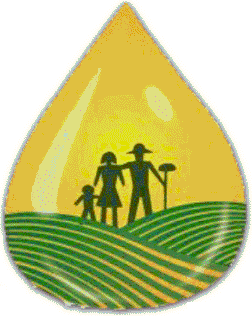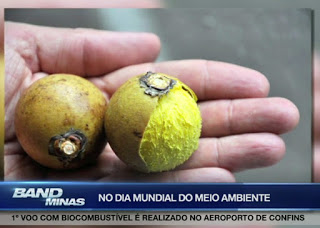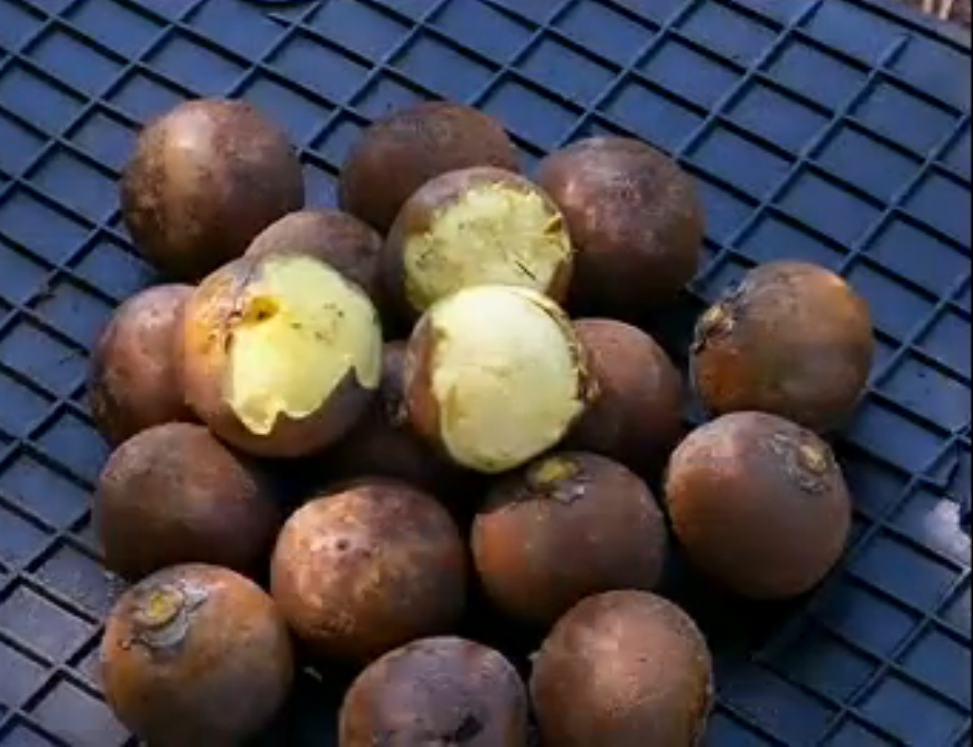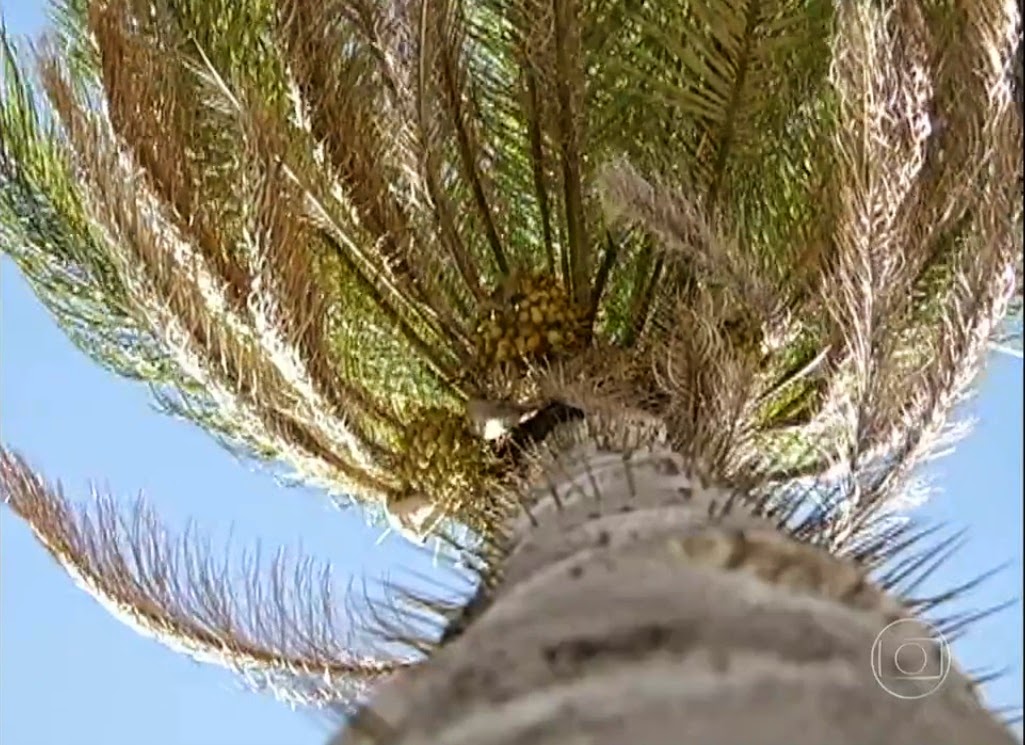Sensor attached to leaves continuously monitors water loss in agricultural crops
segunda-feira, dezembro 19, 2022
USP researchers created sensors fixed on the leaves (wearable electrodes) that track, in real time, the loss of water content in agricultural crops. The new method, tested in laboratory with soybean and sugarcane, aims to support decision management in precision agriculture and allow preventive and corrective actions to be applied more efficiently in a reduced time interval without interfering with plant health. The idea was inspired by the use of biosensors for the continuous monitoring of chronic diseases, such as diabete, which may indicate early changes in health.
Because the methods used in the study of plant toxicity are laborious and did not allow real-time monitoring of water content loss, the solution came with the Biocompatible Wearable Electrodes on Leaves study toward the On-Site Monitoring of Water Loss from Plants. Researcher Júlia Adorno Barbosa, from the National Laboratory of Nanotechnology (LNNano), belonging to the National Center for Research in Energy and Materials (CNPEM) in Campinas, developed wearable electrodes for agricultural crops during her doctorate at the Institute of Chemistry of São Carlos (IQSC) of USP, under the guidance of researcher Renato Sousa Lima, from LNNano, professor of graduate studies at IQSC.
In the study, leaf wearable sensors were created, that is, sensors that can be adhered to the leaves of agricultural crops to monitor plant health in the leaf itself. According to Lima, the application of the device is capable of improving the sustainability of crops and promoting economic growth, since it will be possible to monitor the efficiency of agrochemicals and increase food safety, in addition to monitoring the toxicity of these products.
The device
The system is composed of three main elements. The first is the wearable electrode that is adhered to the epidermis of the leaves. The second, a portable equipment with a potentiotate, electronic system capable of applying an electrical force, and finally a smartphone for transmission via bluetooth, monitoring and control of data. The platform can also be accessed through the Internet, both by a computer and by smartphone, anywhere and at any time, including being possible the real-time monitoring of the measures.
To date, studies have been conducted to adhere to the sensors and, according to Professor Lima, they have remained strongly adhered to soybean leaves at different temperatures of up to 50ºC and winds of up to two meters per second. The rate of water loss of plants in a 24-hour period at varying temperatures from 20 to 30ºC in controlled greenhouses was also determined.
To make it possible to test the device in the field, the researchers began studies with longer time intervals, between days or weeks, and also under varying ambient conditions between temperature and humidity. "In the field, in agriculture, the challenges are other, for example, the interference of rain, the use of agrochemicals and solar radiation. Our prediction is that in the interval of 2 to 3 years these studies can be carried out so that our device can be used in first tests in the field", explains Lima.
Advantages and uses
A common form used for monitoring in the field are devices that measure soil moisture and not plants. The new wearable electrode device, incorporated into the epidermis of leaves, allows to monitor the loss of water content directly in the plant and in real time, says Julia.
Another widely used method is analysis by drone images checking for phenotypic changes in leaves. "These changes often only occur at a very advanced stage, while in our device it is possible to estimate an early diagnostic status in terms of variation of water stress, since electrochemical measurements are extremely sensitive, given the technique we use to monitor," says Julia.
During the work, the sensor was tested on soybean leaves and sugarcane, which have different structures, according to Julia. She explains that soybean leaves have a considerable roughness due to trictimes – a structure in the plant epidermis responsible for reducing the loss of water from leaves, among other functions – but the thickness of the borderline layer is much lower than that of sugarcane, facilitating polarization through potentiote. For sugarcane leaves, the sensor had greater difficulty due to the thickness of the leaf, which was solved simply only by increasing the potential applied by the electrode. "Just by adjusting the parameters of the electrochemical analytical method is it possible to measure water loss sensitively in different cultures," concludes Júlia.
Biocompatibility assays
One of the researchers' biggest doubts, according to Julia, was whether the presence of wearable sensors in the long run under the leaves would affect the biological functions of plants, such as breathing and perspiration. Another concern was whether the electrode would alter the incidence of light in the leaves, impairing the photosynthesis process.
To verify the long-term biocompatibility of the electrodes, simulation tests were performed at the National Synchrotron Light Laboratory (LNLS) of cnpem, in Campinas, using a control plant – without the presence of the sensor – and another with the sensor adhered over 27 days. "With this, we were able to verify that all these structures remained unchanged in the region below the electrode, allowing the verification that the electrode did not affect in terms of distribution and nutrient transport in the leaves. Taking this structure as a basis, we can verify that the functions of the plant in that region have been unchanged", concludes Júlia.
Source: Um só Planeta




















0 comentários
Agradecemos seu comentário! Volte sempre :)